The Worship of Nature Spirits in Ancient Cultures
Throughout ancient cultures, the worship of nature spirits held a profound significance in shaping the beliefs, practices, and spiritual connections of civilizations worldwide. From the ancient Egyptians to the Native American tribes, from the Celts to the Mayans, the reverence for nature spirits permeated every aspect of life, influencing rituals, festivals, and daily interactions with the natural world.
Ancient Egyptians, known for their intricate religious beliefs, worshipped nature spirits such as the Nile River god Hapi and the fertility goddess Hathor. These deities played vital roles in Egyptian agriculture, with rituals and ceremonies dedicated to ensuring bountiful harvests and fertility of the land. The Nile, personified as Hapi, was revered as the lifeblood of Egypt, sustaining crops and livelihoods.
In Greek mythology, nature spirits like nymphs, satyrs, and dryads were integral to the spiritual landscape. These beings inhabited forests, mountains, and bodies of water, embodying the essence of nature itself. Greek rituals and festivals often honored these spirits, seeking their blessings for abundance, protection, and inspiration in artistic endeavors.
Native American spirituality deeply intertwined with nature spirits, viewing animals, plants, and elements as sacred entities. Tribes across the Americas revered animal totems and elemental beings, incorporating their wisdom and power into ceremonies, dances, and storytelling traditions. The spiritual connection to nature guided every aspect of tribal life.
Celtic paganism celebrated nature spirits and revered Druids as intermediaries between humans and the divine beings of the natural world. Druids conducted rituals, festivals, and ceremonies that honored the spirits of the land, forests, and rivers, fostering harmony and balance between humanity and nature.
Shintoism in Japan embraced the belief in kami spirits residing in natural elements, from rocks and trees to mountains and waterfalls. Shinto shrines, festivals, and rituals paid homage to these spirits, celebrating the divine essence present in all aspects of the natural world. The reverence for kami permeated Japanese culture, influencing art, architecture, and daily practices.
In Norse mythology, land spirits known as landvættir guarded specific landscapes, ensuring their protection and vitality. Norse rituals and offerings honored these spirits, seeking their favor and blessings for prosperous harvests, safe travels, and the well-being of communities. The connection to the landvættir reflected the deep-rooted bond between the Norse people and their environment.
The Indigenous Australian Dreamtime stories depicted the creation of the world by nature spirits, shaping the landscape and life itself. Aboriginal Australians continued to revere these spirits in ceremonies, art, and rituals that honored the spiritual connection to the land, acknowledging the enduring presence of the Dreamtime beings in their lives.
The Mayan civilization worshipped nature deities like Chaac, the god of rain, and Ixchel, the goddess of the moon and fertility. These deities played pivotal roles in agricultural practices, religious ceremonies, and the cycle of seasons, with rituals dedicated to ensuring the balance and abundance of nature. The Mayans' reverence for these deities underscored their deep respect for the interconnectedness of all living beings.

Ancient Egyptian Beliefs
Ancient Egyptian beliefs were deeply intertwined with the worship of nature spirits, with various deities representing different aspects of the natural world. One prominent nature spirit revered by the ancient Egyptians was Hapi, the god of the Nile River. Hapi was seen as the provider of life-giving waters and fertility, essential for the prosperity of Egypt's agricultural lands. The annual flooding of the Nile was not just a natural phenomenon but a sacred event believed to be orchestrated by Hapi, ensuring the fertility of the soil for bountiful harvests.
Another significant nature spirit in ancient Egyptian beliefs was Hathor, the goddess of love, motherhood, and joy, often depicted with bovine attributes symbolizing fertility and abundance. Hathor's connection to the natural world extended to the nurturing aspects of life, influencing the Egyptian agricultural practices and the celebration of festivals dedicated to fertility and renewal.
The ancient Egyptians incorporated their reverence for nature spirits into elaborate religious ceremonies and rituals, seeking to maintain harmony with the natural forces that sustained their civilization. The sacredness of the natural world was reflected in the art, architecture, and symbolism of ancient Egyptian culture, emphasizing the interdependence between humanity and the environment.
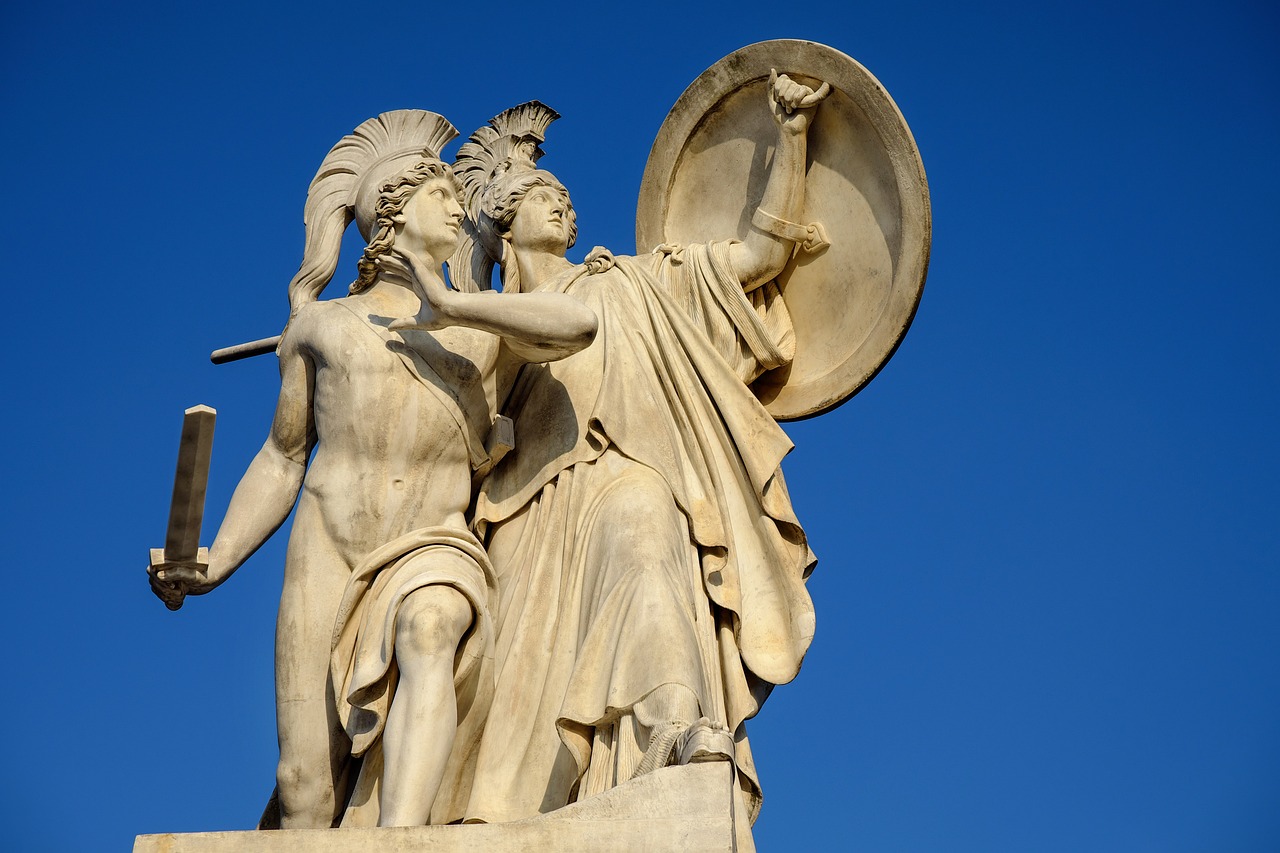
Greek Mythology and Deities
Greek mythology is a treasure trove of stories that depict the intricate relationships between gods, mortals, and nature spirits. In ancient Greece, nature spirits played a vital role in the belief system, with beings like nymphs, satyrs, and dryads embodying different aspects of the natural world. Nymphs were associated with various natural features such as forests, rivers, and mountains, while satyrs were known for their wild and lustful nature, often found frolicking in the woods. Dryads, on the other hand, were tree spirits believed to inhabit and protect specific trees.
These nature spirits were not just mythical beings in Greek culture; they were revered and honored through rituals and festivals dedicated to nature. The Greeks believed that by paying homage to these spirits, they could ensure the harmony and balance of the natural world. Festivals like the Dionysia celebrated the god Dionysus, who was closely linked to nature and the cycle of life. Offerings and prayers were made to these deities and spirits to seek their blessings for a bountiful harvest, fertility, and protection from natural disasters.
Moreover, the Greeks saw nature spirits as intermediaries between the divine realm and the mortal world, acting as messengers or guides for humans seeking connection with the natural world. These beings were not just symbols of nature but were believed to have a tangible presence in the world, influencing the daily lives and spiritual practices of the ancient Greeks.
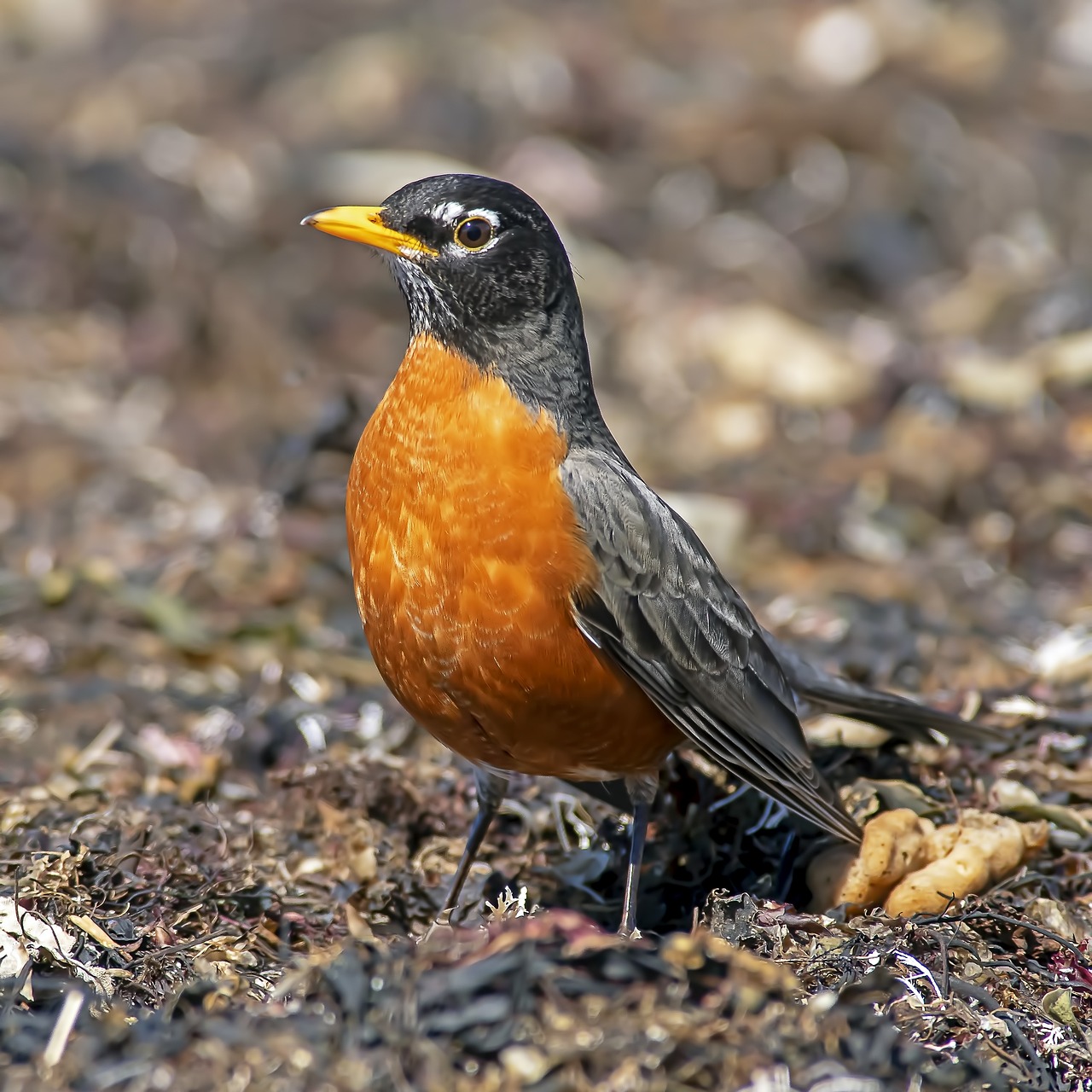
Native American Spirituality
In Native American spirituality, the connection with nature spirits is deeply ingrained in the cultural and spiritual practices of various tribes across the Americas. These indigenous communities hold profound reverence for nature spirits, viewing them as guides, protectors, and sources of wisdom. Animal totems play a significant role in Native American beliefs, with each animal representing unique characteristics and teachings for individuals and tribes.
The belief in elemental beings, such as spirits of the earth, water, air, and fire, is also prevalent in Native American spirituality. These elemental spirits are seen as vital forces that sustain life and balance in the natural world, and ceremonies are conducted to honor and communicate with them. Storytelling traditions among Native American tribes often feature tales of encounters with nature spirits, emphasizing the interconnectedness of all living beings and the importance of living in harmony with the environment.
Through ceremonies, dances, and rituals, Native American communities express their gratitude and respect for nature spirits, seeking their guidance and blessings for various endeavors. The spirituality of Native Americans is deeply rooted in the land, with sacred sites and natural landscapes holding profound significance as places where the veil between the physical and spiritual worlds is believed to be thin.
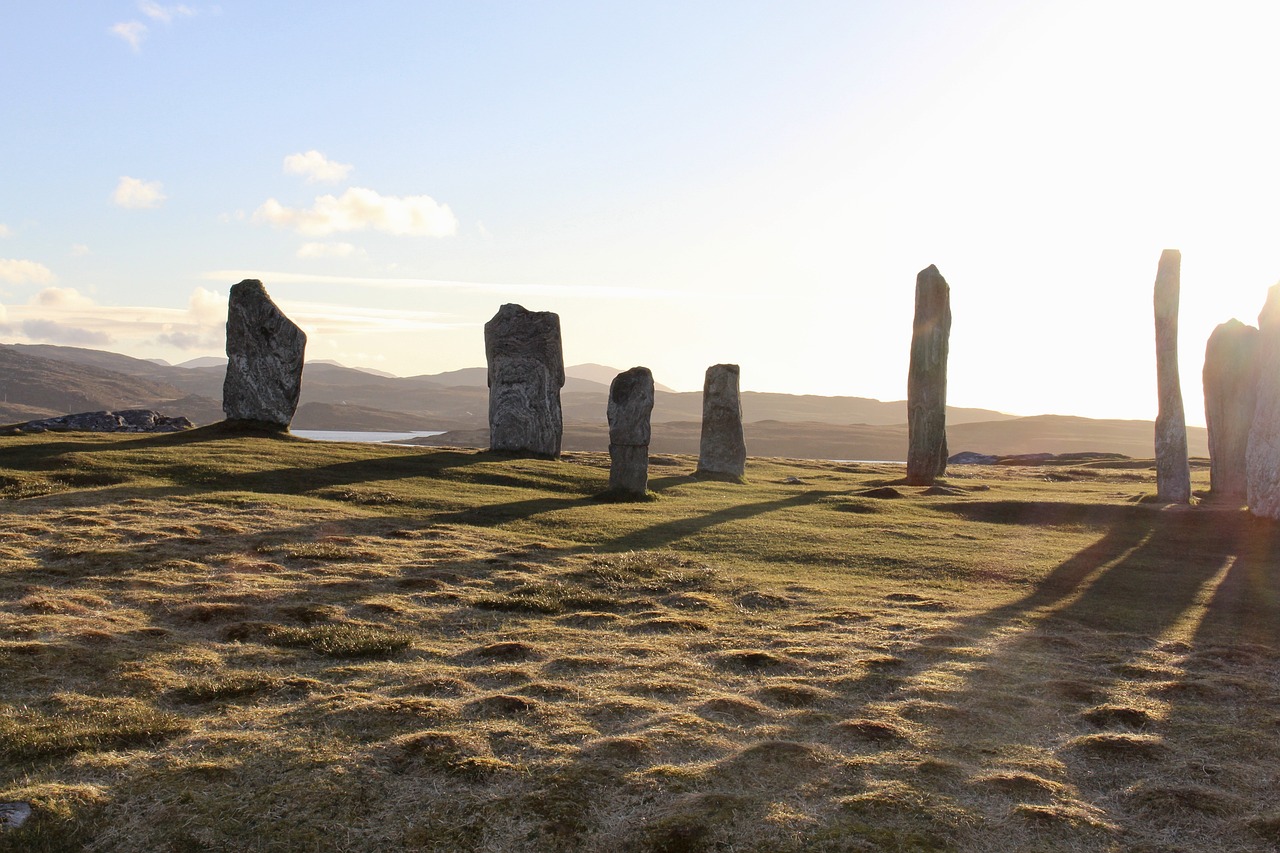
Celtic Paganism and Druids
Celtic Paganism holds a deep reverence for nature spirits, viewing them as integral to the interconnected web of life. Druids, the spiritual leaders of Celtic society, served as mediators between humans and these spirits, guiding rituals and ceremonies that honored the natural world. The Celts believed in the presence of spirits in every aspect of nature, from the towering trees to the babbling brooks, attributing them with unique powers and personalities.
Druids played a pivotal role in Celtic religious practices, conducting ceremonies to appease and communicate with nature spirits. These rituals often took place in sacred groves, where the veil between the physical realm and the spiritual world was believed to be thinnest. Through offerings and invocations, Druids sought to maintain harmony with the spirits and ensure the fertility of the land for bountiful harvests.
The Celtic calendar was intricately tied to the cycles of nature, with festivals marking key moments in the agricultural year and honoring specific nature spirits. Beltane celebrated the coming of summer, while Samhain marked the end of the harvest season and the beginning of winter. These festivals were characterized by feasting, dancing, and storytelling, with Druids leading the community in rituals to honor the changing seasons and give thanks to the spirits.
One of the central tenets of Celtic Paganism was the belief in the interconnectedness of all living beings, with nature spirits playing a vital role in maintaining this balance. Animals, plants, and natural phenomena were seen as manifestations of divine energy, worthy of respect and reverence. Druids acted as stewards of the land, ensuring that the natural world was treated with care and reverence.

Shintoism in Japan
Shintoism, the indigenous spirituality of Japan, is deeply rooted in the belief in kami spirits that inhabit natural elements such as mountains, rivers, and trees. These kami are revered as divine beings embodying the essence of nature itself, and Shinto rituals are dedicated to honoring and appeasing these spirits. In Shinto shrines, visitors can witness the reverence shown to kami through offerings of food, sake, and prayers, symbolizing the interconnectedness between humans and the natural world.
Shinto ceremonies are often held to celebrate the changing of seasons, agricultural harvests, or significant life events such as weddings and births. These rituals involve purification rites, traditional dances, and the chanting of prayers to invoke the blessings of the kami. The beauty of Shintoism lies in its simplicity and profound respect for nature, where every aspect of the natural world is considered sacred and worthy of reverence.
One of the most iconic symbols of Shintoism is the torii gate, marking the entrance to sacred spaces and symbolizing the transition from the mundane to the divine. These gates can be found in various natural settings, indicating the presence of kami and inviting visitors to enter with a sense of awe and respect. Shintoism's focus on the divine within nature encourages followers to appreciate the beauty and power of the natural world, fostering a deep sense of spiritual connection and harmony with the environment.
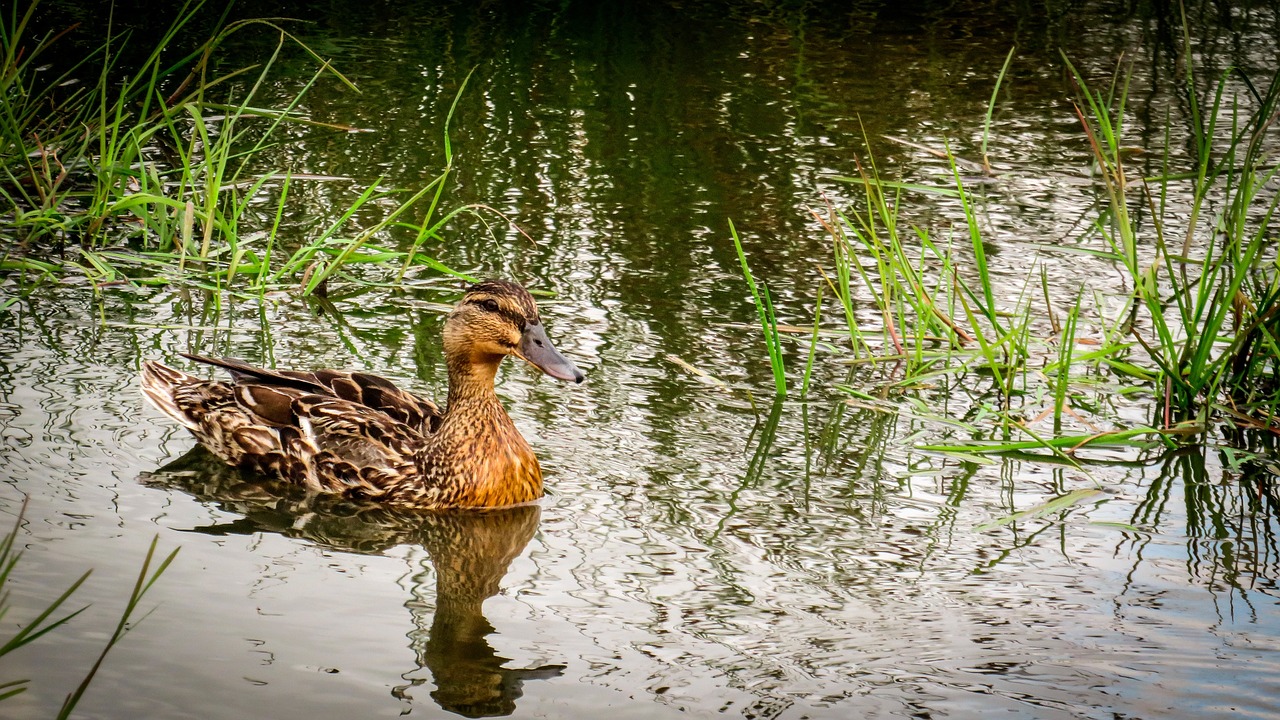
Norse Mythology and Landvættir
In Norse mythology, the concept of landvættir, or land spirits, played a significant role in the spiritual beliefs of the ancient Norse culture. These land spirits were considered guardians of specific landscapes, such as mountains, forests, and bodies of water. The Norse people believed that by honoring and appeasing these landvættir, they could ensure the fertility and protection of the land they inhabited.
These nature spirits were not only revered but also actively incorporated into daily life through rituals and offerings. Norse rituals often involved making offerings of food, drink, or valuable items to the landvættir as a sign of respect and gratitude for their protection. It was believed that neglecting these spirits could lead to misfortune, such as failed crops or natural disasters.
Furthermore, the Norse people sought the guidance and blessings of the landvættir in their endeavors, whether it be agriculture, hunting, or exploration. The connection between humans and nature spirits was seen as essential for maintaining harmony and balance in the natural world.
Throughout Norse mythology, tales of encounters with landvættir were common, with stories depicting both benevolent and wrathful spirits. These narratives served to emphasize the power and influence of these nature beings on the lives of the Norse people, shaping their beliefs and practices in profound ways.
Overall, the worship of landvættir in Norse mythology highlights the deep reverence and connection that ancient Norse cultures had with the natural world. By honoring these land spirits, the Norse people sought to cultivate a harmonious relationship with the environment around them, recognizing the inherent spiritual significance of the landscapes they inhabited.

Indigenous Australian Dreamtime
Indigenous Australian Dreamtime holds a profound significance in the spiritual beliefs of Aboriginal Australians, encompassing a rich tapestry of creation stories and ancestral lore. In the Dreamtime, nature spirits known as "Ancestors" are believed to have shaped the land, seas, and skies, giving life to all living beings and establishing the laws and customs that govern Aboriginal culture. These nature spirits are revered as the original custodians of the land, guiding and protecting their descendants through sacred connections to the natural world.
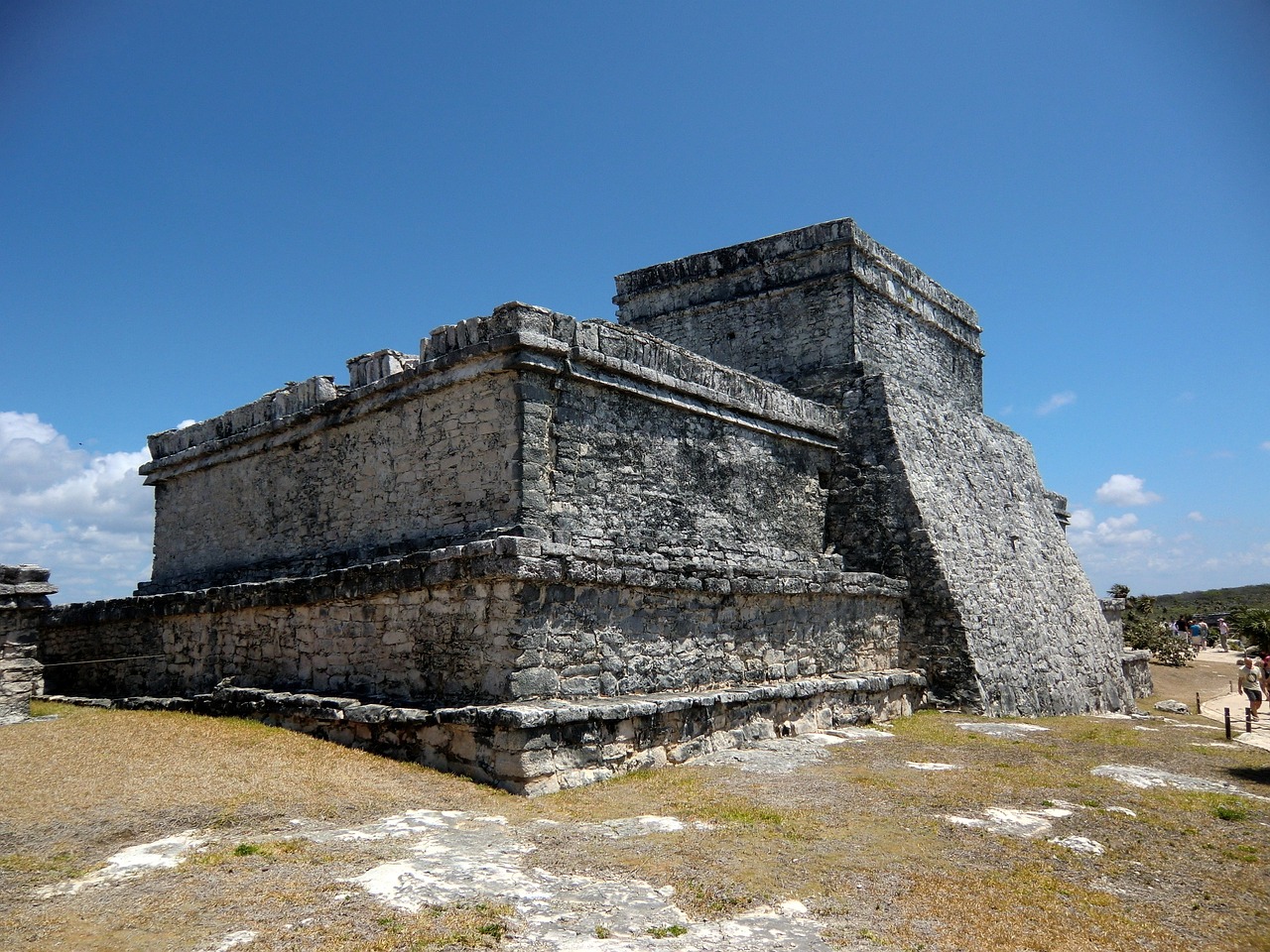
Mayan Nature Deities
The Mayan civilization held a deep reverence for nature deities, with Chaac standing as a prominent figure among them. Chaac, the god of rain, was essential to Mayan agriculture, as rain was crucial for the success of their crops. The Mayans believed that Chaac controlled the weather, bringing both life-sustaining rain and destructive storms. Through rituals and offerings, the Mayans sought to appease Chaac and ensure a bountiful harvest.
Another significant nature deity in Mayan culture was Ixchel, the goddess of the moon and fertility. Ixchel played a vital role in the reproductive cycles of humans, animals, and crops. The Mayans worshipped Ixchel for her ability to bring fertility to the land and ensure the continuation of life. Festivals and ceremonies dedicated to Ixchel were held to honor her influence on fertility and the lunar cycles that guided agricultural activities.
Frequently Asked Questions
- What were nature spirits believed to represent in ancient cultures?
Nature spirits were seen as embodiments of natural elements or forces, representing aspects of the environment such as rivers, forests, and animals. They were revered for their connection to the Earth and believed to influence the well-being of humans and the land.
- How did ancient civilizations honor and worship nature spirits?
Ancient cultures paid homage to nature spirits through rituals, ceremonies, and offerings. They believed in establishing a harmonious relationship with these spirits to ensure fertility, protection, and abundance in their lives. Worship of nature spirits was integral to their cultural practices and spiritual beliefs.
- What role did nature spirits play in shaping cultural traditions?
Nature spirits played a significant role in shaping cultural traditions by influencing agricultural practices, religious ceremonies, and storytelling. They were central to the spiritual connection that ancient civilizations had with the natural world, guiding their beliefs and practices in harmony with the environment.



















